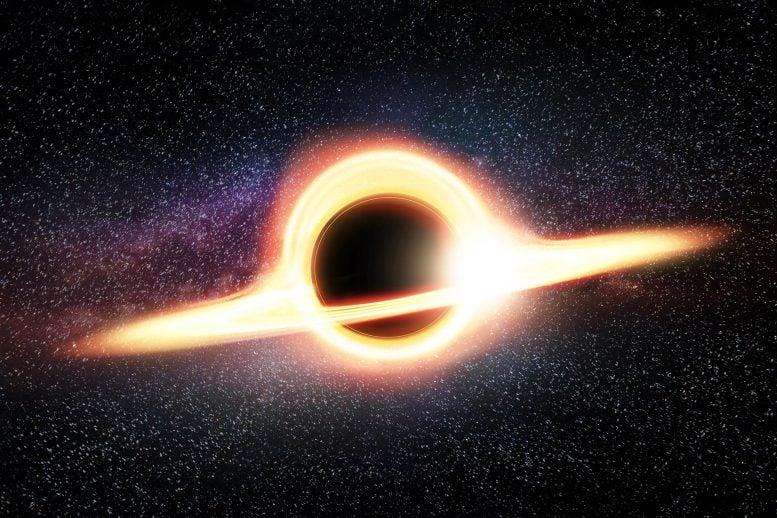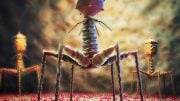
A study by University of York scientists disproves the firewall paradox in black holes, which caused controversy in the physics community in 2012 for conflicting with Einstein’s theory of general relativity. The findings provide new understanding about the behavior of black holes.
A newly published study from scientists at the University of York dismisses the so-called firewall paradox and reveals new insights into the life and death of black holes.
Their findings dispel the so-called firewall paradox which shocked the physics community when it was announced in 2012 since its predictions about large black holes contradicted Einstein’s crowning achievement – the theory of general relativity. Those results suggested that anyone falling into a black hole would be burned up as they crossed its edge – the so-called event horizon.
Now Professor Sam Braunstein and Dr. Stefano Pirandola have extinguished the fire. In a paper published in Physical Review Letters, they invoke quantum information theory, a modern branch of quantum mechanics that treats light and atoms as carriers of information. The key insight from quantum mechanics is the existence of `spooky’ quantum entanglement across a black hole’s event horizon.
Professor Braunstein says: “Quantum mechanics shows that entanglement can exist across the event horizon, between particles inside and outside the black hole. But should this entanglement ever vanish, a barrier of energetic particles would be created: an energetic curtain (or firewall) would descend around the horizon of the black hole.
“We are the first to show the necessity of entanglement across all black hole event horizons and to consider what happens as black holes age. The greater the entanglement, the later the curtain descends. But if the entanglement is maximal, the firewall never occurs. Indeed, entanglement has long been believed to exist for some types of black holes, taking on exactly this maximum value. Our work confirms and generalizes this claim.”
Stephen Hawking was the first to consider information flow in black holes, arguing that aging black holes must hoard information about everything they swallow. Professor Braunstein adds: “When quantum mechanics, and in particular entanglement, are included in the story, Hawking’s prediction holds for the longest time possible. Our results not only back up Einstein’s theory of gravity, but also point to quantum information theory as a powerful tool for disentangling the deep mysteries of the Universe.”
Reference: “Better Late than Never: Information Retrieval from Black Holes” by Samuel L. Braunstein and Stefano Pirandola, 5 March 2013, Physical Review Letters.
DOI:10.1103/PhysRevLett.110.101301
Professor Braunstein and Dr. Pirandola, of the Department of Computer Science at York, collaborated with Professor Życzkowski, of the Institute of Physics, Jagiellonian University, Krakow, Poland.









Be the first to comment on "New Insights Into the Life and Death of Black Holes"